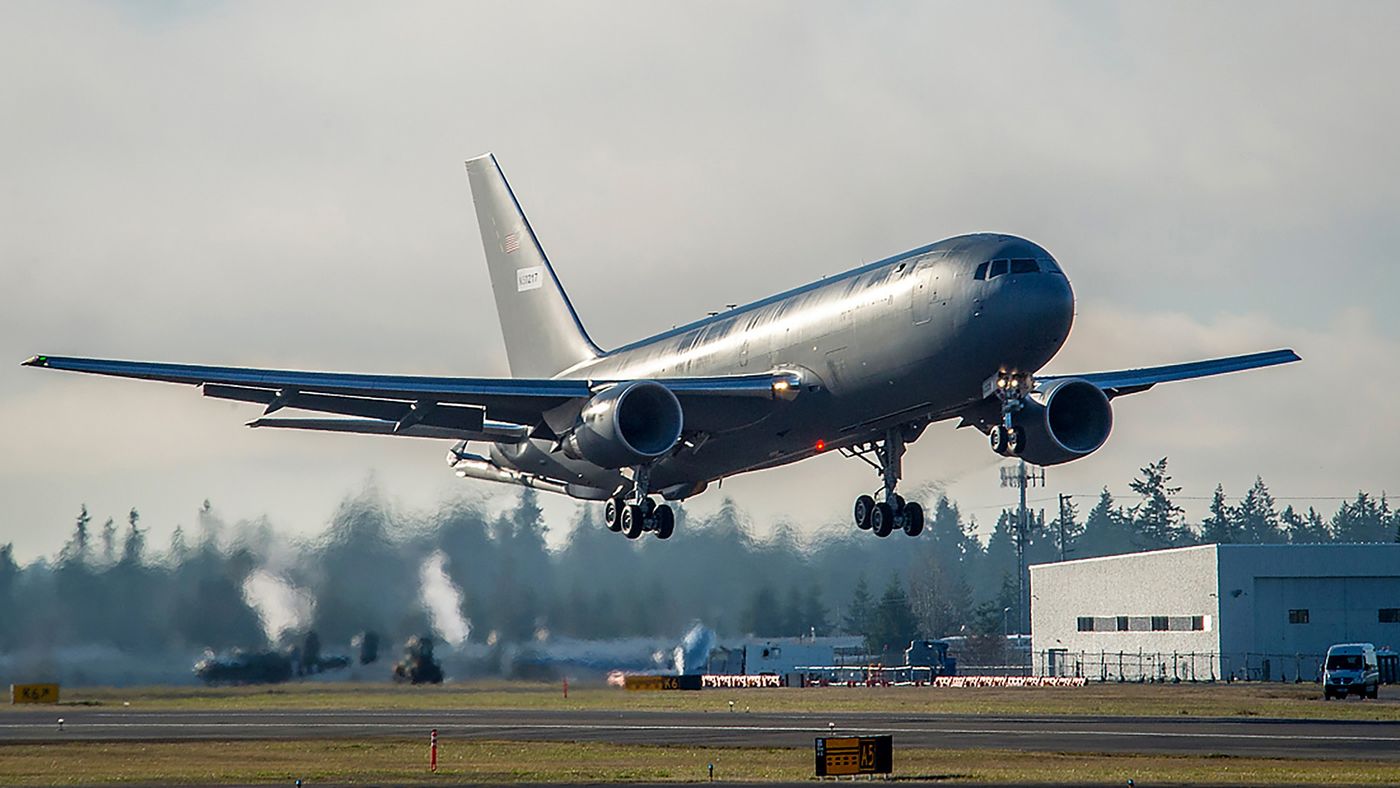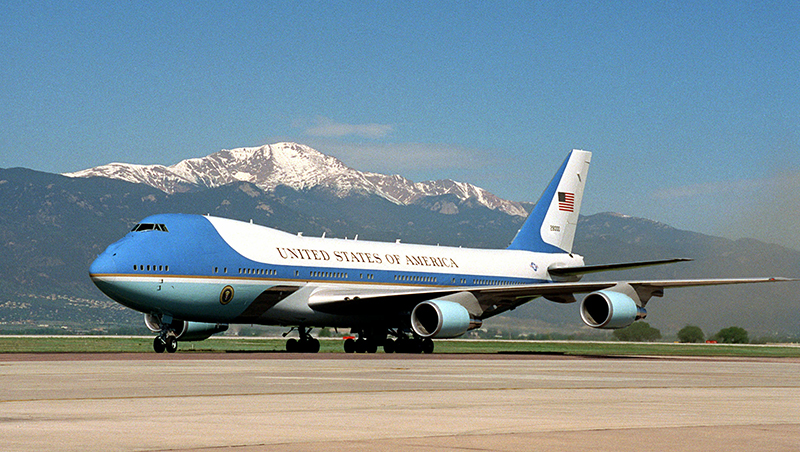Boeing Awarded $2.4B Contract for New Helicopters

By Debbie Gregory.
Boeing has been awarded a $2.38 billion contract by the U.S. Air Force to provide 84 of its MH-139 helicopter and related support (training devices and support equipment) to replace the more than 40-year-old UH-1N “Huey” helicopters, used to protect America’s intercontinental ballistic missile bases.
“We’re grateful for the Air Force’s confidence in our MH-139 team,” said David Koopersmith, vice president and general manager, Boeing Vertical Lift. “The MH-139 exceeds mission requirements, it’s also ideal for VIP transport, and it offers the Air Force up to $1 billion in acquisition and lifecycle cost savings.”
The MH-139 derives from the Leonardo AW139, which is used by more than 270 governments, militaries and companies worldwide. Leonardo will assemble the helicopters at its northeast Philadelphia plant, with Boeing integrating military-specific components at its facility south of that city.
“The new helicopter will be an important tool for Airmen charged with securing and defending the nation’s intercontinental ballistic missiles,” the Air Force said in a statement announcing the award.
The MH-139 helicopters will be the product of a joint effort between Boeing and Leonardo. Leonardo will assemble the helicopters at its northeast Philadelphia plant, with Boeing integrating military-specific components at its facility south of that city.
Earlier this year, six U.S. Senators wrote a letter to the Air Force Secretary Heather Wilson urging the Air Force to expedite the acquisition of a replacement helicopter.
Hueys first entered Air Force service in 1970.
“We’re proud to provide the U.S. Air Force with solutions across the entire services ecosystem,” said Ed Dolanski, president of U.S. Government Services, Boeing Global Services. “With the AW139 platform’s more than 2 million flight hours and established supply chain, we look forward to applying our expertise to drive cost savings while supporting mission readiness.”
The first delivery of an operational helicopter is expected in Fiscal Year 2021.











